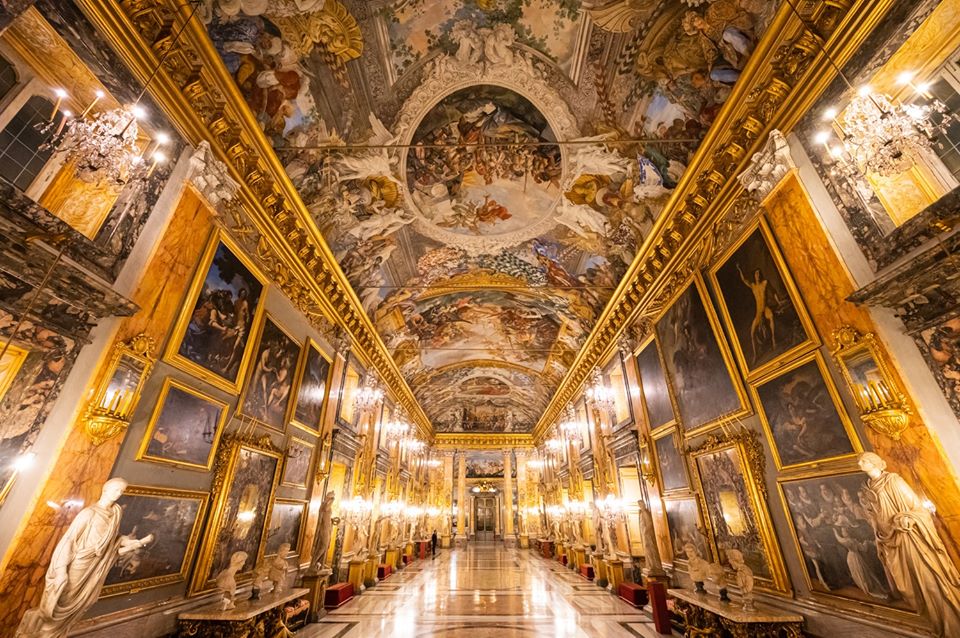The power of noble families must have been immediately evident from their palaces.

In 1471 Cardinal Della Rovere was elected pope, and took the name of Sixtus IV. He was born in the province of Savona in 1414 and was the first Renaissance pope in Rome.
He had the bridge that took his name rebuilt, had the Sistine Chapel built, calling Perugino, Botticelli, Signorelli and Ghirlandaio to fresco it. Then, years later, Michelangelo would complete the work.
He spent a lot of money and put Vatican finances in crisis. But his main historical mistake is that of having authorized the Inquisition.

Sixtus IV had two brothers, four sisters and 15 grandchildren, as a good nepotist he arranged for various grandchildren to get state offices, including Giuliano, who would become Pope Julius II, and Girolamo, who would drag the state into a series of conflicts and troubles, including a furious war between the Orsini and the Colonna.

In 1477 the pope appointed his seventeen-year-old nephew Raffaele Riario cardinal. The following year, in 1478, the young cardinal Raffaele Riario was in Florence, a guest of the Pazzi family, when they attempted to kill Lorenzo de Medici.
The Medici suspected that the pope was aware of the conspiracy, killed Cardinal Salviati and arrested Raffaele Riario. But after two months they released him both because of pressure from the pope and because there was no evidence of complicity.
In 1484 Sixtus IV died, unleashing a violent "pasquinade", and was replaced by cardinal Cybo of Genoa, who took the name of Innocent VIII. With him, Cardinal Raffaele Riario became increasingly rich and powerful.
From 1487 to 1495 what is perhaps the most beautiful palace in Rome, Palazzo della Cancelleria, was built on designs by Donato Bramante, with the work of Andrea Bregno and Giuliano da Sangallo.
The Palazzo was built by incorporating the ancient church of San Lorenzo in Damaso.
The cardinal's fortune continued until 1517, except for a two-year break under Pope Alexander VI Borgia, when he had to take refuge from the King of France, Louis XII, to save himself.

Finally in 1503 Alexander VI was succeeded by Julius II Della Rovere, another nephew of Sixtus IV and cousin of Riario, and therefore for ten years the cardinal continued to have great power in the state.
But in 1517 the situation changed again, Raffaele Riario was accused of plotting against Leone X Medici, who perhaps still thought about the conspiracy of 40 years earlier, and was arrested again. Then he took refuge from the Colonna family in Naples and died in 1521.
The Palazzo della Cancelleria was forfeited by the Papal States, which had used it for its own tribunals.
During the Roman Republic of 1849 it was the seat of the Government of the Republic. With the Agreement of 1929 its extraterritoriality was recognized, and therefore it is part of the Vatican State.
Currently, among the various functions, there is the seat of the Sacra Rota but also a part can be visited as a museum.







Follow us